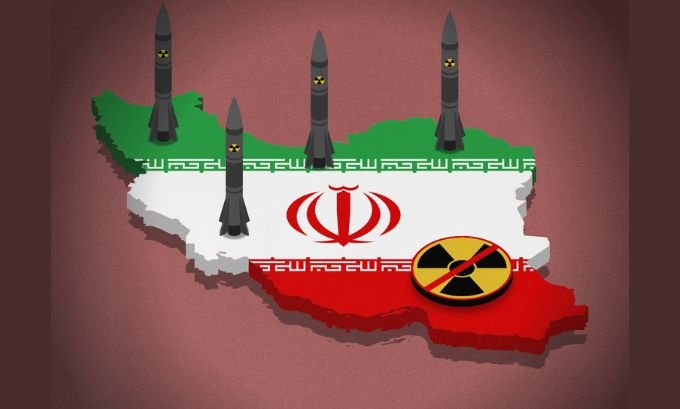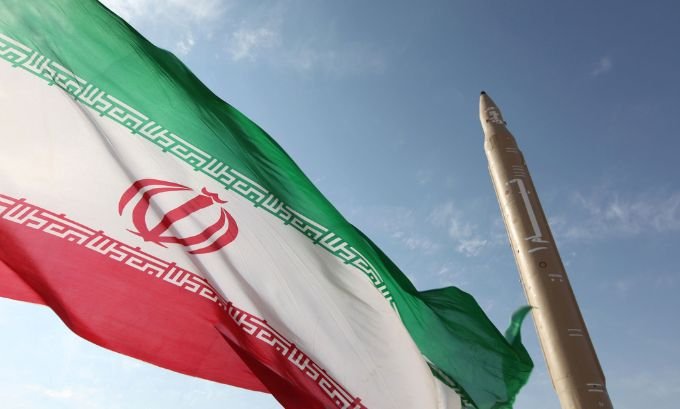The Iran nuclear deal remains one of the most significant diplomatic agreements of the 21st century, yet many people still don’t fully understand why it matters. Officially known as the Joint Comprehensive Plan of Action (JCPOA), this multilateral agreement has shaped Middle Eastern politics, global security, and international relations since its signing in 2015.
Whether you’re trying to understand current geopolitical tensions or simply want to grasp why this deal continues to dominate headlines, this article will break down everything you need to know about the Iran nuclear deal and why it’s crucial for global stability.
Table of Contents
What Is the Iran Nuclear Deal?
The Joint Comprehensive Plan of Action was signed in July 2015 between Iran and the P5+1 countries: the United States, United Kingdom, France, Germany, Russia, and China. The European Union also played a coordinating role in the negotiations.
The agreement aimed to prevent Iran from developing nuclear weapons while allowing the country to maintain a civilian nuclear program. In exchange for significant restrictions on its nuclear activities, Iran would see the lifting of many international economic sanctions that had crippled its economy for years.
Key Provisions of the Deal
The JCPOA established several critical limitations on Iran’s nuclear program:
- Iran agreed to reduce its stockpile of enriched uranium by 98%
- The country committed to limiting uranium enrichment to 3.67%, well below the 90% needed for weapons
- Iran allowed unprecedented international inspections of its nuclear facilities
- The deal blocked Iran’s pathway to plutonium-based nuclear weapons
- Heavy water reactor modifications prevented weapons-grade plutonium production
These restrictions were designed to extend Iran’s “breakout time”—the period needed to produce enough fissile material for a nuclear weapon—from a few months to at least one year.
Why Regional Stability Depends on This Agreement
The Iran nuclear deal serves as a cornerstone for Middle Eastern stability. Without it, the region faces several dangerous scenarios that could spiral into broader conflicts.

Preventing a Nuclear Arms Race
Iran’s nuclear ambitions don’t exist in a vacuum. If Iran develops nuclear weapons, other regional powers like Saudi Arabia, Turkey, and Egypt might feel compelled to pursue their own nuclear programs. This domino effect could transform the already volatile Middle East into a nuclear tinderbox.
The deal effectively puts a lid on this potential arms race by ensuring Iran cannot quickly develop nuclear weapons while maintaining diplomatic channels for addressing concerns.
Reducing Military Confrontation
Without diplomatic agreements, the alternative to preventing Iran’s nuclear program often involves military action. Both Israel and the United States have repeatedly considered strikes against Iranian nuclear facilities. The JCPOA provides a peaceful alternative that addresses security concerns without the devastating consequences of military intervention.
Economic Integration and Moderation
The deal’s sanctions relief component offers Iran economic incentives to comply with international norms. When Iran benefits from increased trade and investment, moderate voices within the country gain influence over hardliners who favor confrontation with the West.
Global Security Implications
The Iran nuclear deal extends far beyond Middle Eastern borders, affecting global security architecture and international law.
Strengthening Nuclear Nonproliferation
The Nuclear Non-Proliferation Treaty (NPT) forms the backbone of global efforts to prevent nuclear weapons spread. The Iran deal demonstrates that diplomacy can work even in challenging cases, reinforcing the NPT system and encouraging other potential proliferators to choose negotiation over confrontation.
Maintaining International Unity
The JCPOA represents successful multilateral diplomacy between world powers. Its success or failure sends signals about whether international cooperation can address 21st-century security challenges. The deal’s breakdown could undermine future multilateral efforts on various global issues.
Energy Market Stability
Iran holds some of the world’s largest oil and natural gas reserves. Sanctions and regional instability around Iran directly impact global energy markets. The nuclear deal helps stabilize these markets by reducing the risk of conflict and allowing controlled Iranian energy exports.

Economic Consequences for Iran and Beyond
The economic dimensions of the Iran nuclear deal affect millions of people both inside Iran and across the global economy.
Sanctions Relief Impact
When implemented, the deal provided Iran access to over $100 billion in frozen assets and allowed increased oil exports. This sanctions relief helped stabilize Iran’s currency, reduced inflation, and improved living conditions for ordinary Iranians.
For the global economy, Iranian oil returning to markets helps stabilize prices and provides energy security for major importers, particularly in Asia and Europe.
Investment and Trade Opportunities
The deal opened Iran’s market of 80 million people to international businesses. European companies, in particular, saw significant opportunities in Iran’s automotive, energy, and technology sectors. However, the reimposition of sanctions after the U.S. withdrawal complicated these business relationships.
Challenges and Criticisms
Despite its importance, the Iran nuclear deal faces legitimate criticisms that explain ongoing political debates.
Temporary Nature of Restrictions
Many restrictions on Iran’s nuclear program have expiration dates, with some key limitations ending after 10-15 years. Critics argue this merely delays rather than permanently prevents Iran’s nuclear weapons capability.
Non-Nuclear Issues
The deal focuses exclusively on nuclear issues while not addressing Iran’s missile program, regional activities, or human rights record. Critics argue this narrow focus allows Iran to continue destabilizing activities in other areas.
Verification Challenges
While the deal includes robust inspection mechanisms, some facilities remain off-limits to international inspectors. Questions persist about Iran’s past nuclear weapons research and whether all nuclear activities can be effectively monitored.
Current Status and Future Prospects
The deal’s trajectory has been turbulent since its signing. The United States withdrew in 2018, reimposing sanctions despite Iran’s compliance with nuclear restrictions. In response, Iran gradually reduced its compliance with uranium enrichment limits.
Recent diplomatic efforts have attempted to revive the agreement, but success requires addressing concerns from all parties while managing domestic political pressures in various countries.
Frequently Asked Questions
What happens if the Iran nuclear deal completely fails?
Without the deal, Iran could potentially develop nuclear weapons within months rather than years. This scenario increases the likelihood of military confrontation and could trigger a regional nuclear arms race involving Saudi Arabia, Turkey, and other Middle Eastern powers.
Does the deal actually prevent Iran from getting nuclear weapons?
The deal significantly delays Iran’s ability to develop nuclear weapons by limiting uranium stockpiles, enrichment levels, and key facilities. While it doesn’t permanently eliminate the possibility, it provides time for diplomatic solutions and makes any weapons program much more detectable.
Why did the United States withdraw from the agreement?
The Trump administration withdrew in 2018, citing concerns about the deal’s temporary nature, lack of restrictions on Iran’s missile program, and Iran’s regional activities. However, U.S. allies generally opposed the withdrawal and continued supporting the agreement.
How does the deal affect ordinary Iranians?
When sanctions are lifted under the deal, Iran’s economy improves, leading to lower inflation, currency stability, and better access to international markets. Conversely, sanctions reimposition severely impacts Iranian civilians through economic hardship.
Can the deal be modified or improved?
While the current agreement has specific terms, future negotiations could address broader issues like missile programs and regional activities. However, any changes require consensus among all parties, making modifications politically challenging.
What role do European allies play in the deal?
European countries (UK, France, Germany) remain committed to the agreement and have created mechanisms to facilitate trade with Iran despite U.S. sanctions. They view the deal as crucial for European security and nuclear nonproliferation.
Looking Ahead: Why Diplomacy Matters
The Iran nuclear deal represents more than just an agreement between Iran and world powers—it embodies the principle that complex international disputes can be resolved through patient diplomacy rather than military force.
Its success strengthens global institutions and demonstrates that even adversaries can find common ground when presented with mutual benefits. Its failure, however, could set dangerous precedents for how future proliferation challenges are addressed.
For policymakers, understanding this deal’s importance means recognizing that nuclear diplomacy requires sustained commitment, flexibility, and willingness to address legitimate security concerns from all parties. The stakes—regional stability, nuclear nonproliferation, and international cooperation—are simply too high to let this opportunity slip away.
The Iran nuclear deal matters because it offers a roadmap for addressing one of the most pressing security challenges of our time through negotiation rather than confrontation. In an era of increasing international tensions, such diplomatic achievements become even more valuable as examples of what multilateral cooperation can accomplish.

